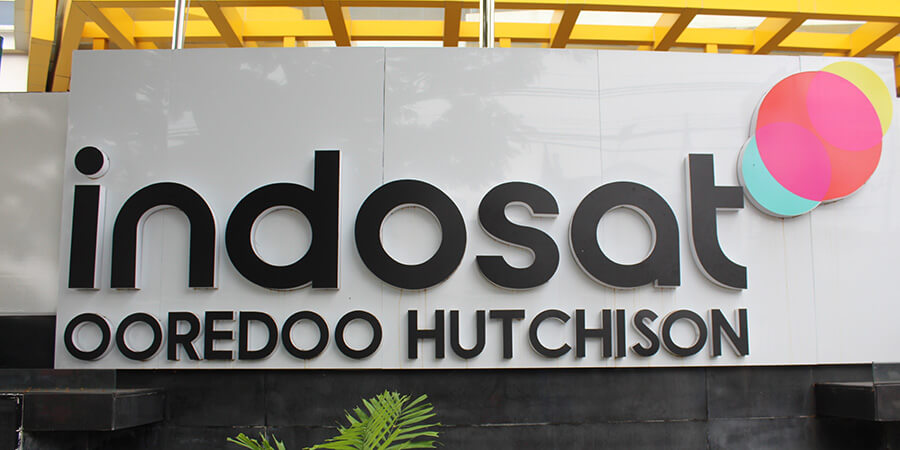More women in low- and middle-income countries (LMICs) are now using mobile internet, with a total of 1.5 billion (66%) women connected. In 2023, an additional 120 million women accessed the internet through mobile devices. Mobile internet remains the main way people in LMICs access the internet, making up 84% of broadband connections in 2023. However, there are still 785 million women who are not connected, with around 60% of them living in South Asia and Sub-Saharan Africa.
This information comes from the Mobile Gender Gap Report 2024 by the GSMA. The report, funded by the UK Foreign, Commonwealth and Development Office (FCDO) and the Swedish International Development Cooperation Agency (Sida) through the GSMA Mobile for Development Foundation, provides insights into women’s mobile access and usage in 12 LMICs. It also highlights the barriers women face compared to men and offers recommendations to reduce the gender gap in mobile ownership and usage.
Mobile Internet Adoption Barriers
The 2024 report shows a decrease in the gender gap in mobile internet adoption across LMICs. Women are now 15% less likely than men to use mobile internet, compared to 19% in 2022, bringing the gap back to pre-pandemic levels. Notable improvements in India and Indonesia contributed to this change, while the gender gap in Sub-Saharan Africa narrowed slightly for the first time in five years. Despite progress, there are still challenges in smartphone ownership among women in LMICs. While 60% of women now own a smartphone, 40% do not, compared to 31% of men.
Once women own smartphones, they are more likely to use mobile internet regularly, unlocking various socio-economic benefits. However, women still face barriers to using mobile internet as frequently or for the same purposes as men. The main obstacles to mobile internet adoption reported by both men and women in surveyed countries are affordability, literacy, and digital skills. These barriers are more challenging for women due to factors like the gender pay gap, lower employment rates, and limited access to education. Addressing these barriers is crucial to closing the gender gap in mobile ownership and usage, which could generate significant social and economic benefits.
Reducing the Mobile Internet Gender Gap
Claire Sibthorpe, Head of Digital Inclusion at the GSMA, emphasized the importance of sustained efforts to reduce the mobile internet gender gap. The ‘Connected Women Commitment Initiative’ has already provided over 70 million additional women with mobile internet and mobile money services since 2016. Notably, closing the gender gap in mobile ownership and usage across LMICs could result in an additional USD 230 billion in revenue for the mobile industry over eight years.
Gender gaps in mobile access stem from complex social, economic, and cultural factors, requiring collaboration from various organizations. Therefore, governments, mobile network operators, and development organizations are urged to work together to ensure digital and financial inclusion for women worldwide.







